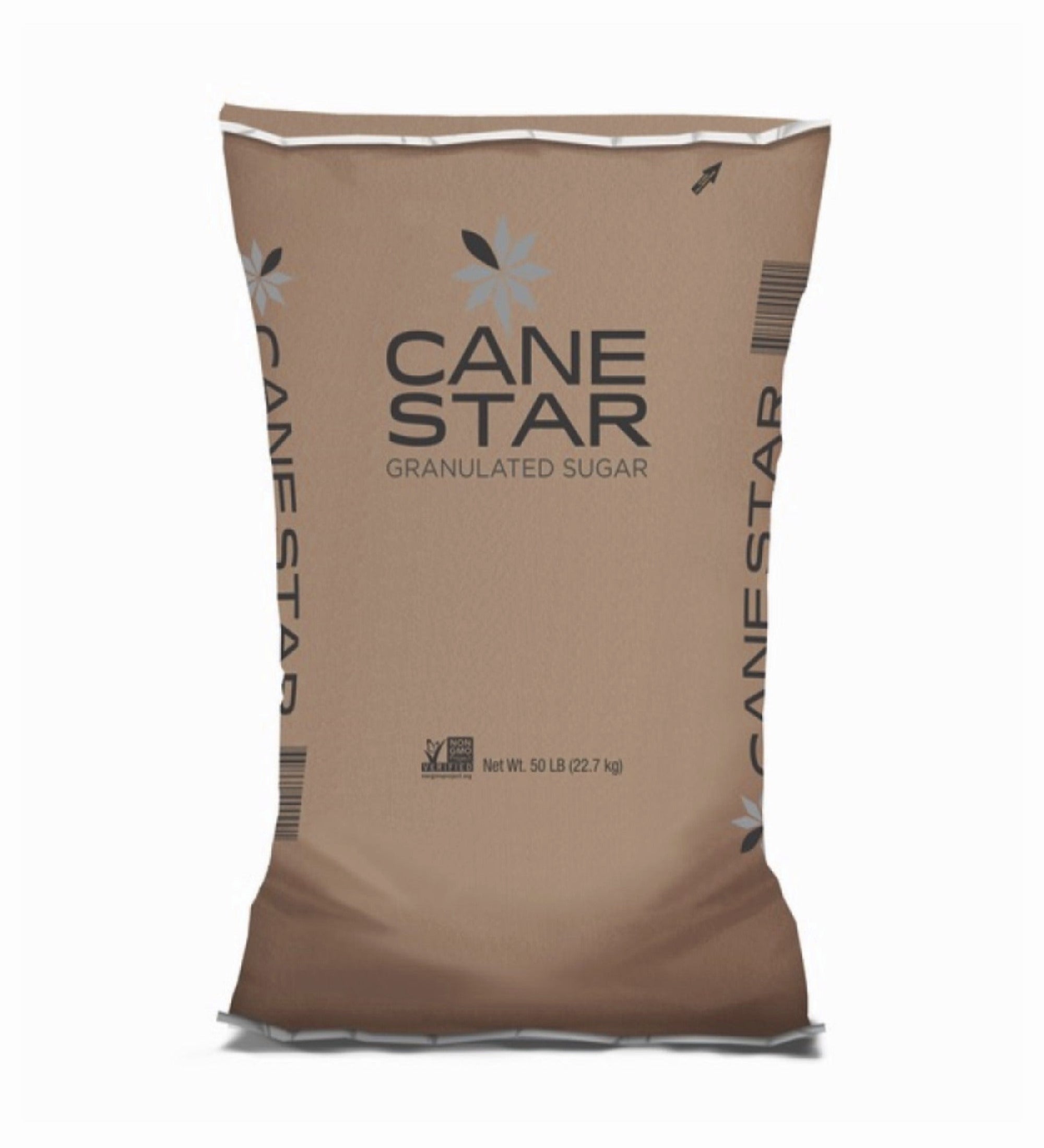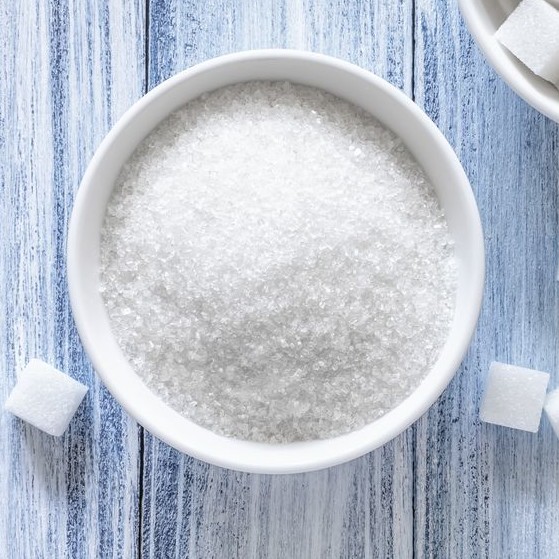The Scientific Research Behind Cane Sugar Processing: Just How Sweetness is Refined
The Scientific Research Behind Cane Sugar Processing: Just How Sweetness is Refined
Blog Article
Comprehending the Critical Strategies and Technologies Employed in Modern Walking Cane Sugar Handling
The advancement of walking cane sugar processing has actually been significantly shaped by the combination of innovative methods and innovations that address both effectiveness and sustainability. Enzyme-assisted extraction and advanced refining techniques have revolutionized return optimization, while automation helps with operational reliability. In addition, the focus on sustainable techniques mirrors an expanding understanding of environmental effect. As we discover these critical developments, it becomes necessary to analyze just how they not just enhance manufacturing however additionally line up with broader industry fads and customer demands, questioning about the future of sugar handling and its ramifications for worldwide markets.
Historical Context of Walking Cane Sugar Handling
The historical context of cane sugar processing exposes an abundant tapestry of agricultural advancement and social exchange that has actually shaped its growth over centuries. The procedure of removing and fine-tuning sugar gained momentum in India, where approaches for condensation were improved around the Sixth century.

Advanced Removal Strategies
Efficiency in cane sugar extraction has actually seen considerable innovations, driven by the demand for greater returns and lower production costs. This technique not just boosts sugar return but likewise decreases the power needed for processing.
Additionally, the adoption of membrane layer filtering innovations, such as nanofiltration and reverse osmosis, has actually changed the splitting up of sugar from contaminations. These techniques enable for the selective permeation of sugar particles while preserving larger impurities, streamlining the extraction process and reducing waste.
Moreover, the integration of continual extraction systems has led to enhanced functional efficiency. Cane Sugar Processing. These systems keep a continuous flow of cane product, ensuring optimal extraction conditions and reducing downtime connected with batch handling
Innovative Refining Technologies
Refining methods in walking stick sugar handling have undertaken a transformative shift, driven by the need for higher purity and enhanced item high quality. One of one of the most noteworthy technologies is the adoption of membrane filtering modern technologies, such as ultrafiltration and nanofiltration. These procedures effectively eliminate pollutants and colorants without the requirement for extensive chemical treatments, therefore preserving the sugar's all-natural flavor and improving its allure.
An additional significant innovation is the usage of ion exchange resins, which permit selective removal of undesirable ions from sugar solutions. This modern technology not only boosts the total purity of the final product however also contributes to lowered waste and environmental influence.
Furthermore, innovations in adsorption methods, using activated carbon and various other sophisticated materials, have confirmed effective in decolorizing sugar remedies while keeping ideal top quality. The assimilation of these innovative refining technologies makes certain that makers my site can produce polished sugar with remarkable clearness and taste, fulfilling the evolving choices of customers.
Automation and Control Equipment
Current improvements in refining technologies have actually paved the way for significant renovations in automation and control systems within cane sugar processing centers. These systems make use of innovative software program and hardware to boost operational effectiveness, lower human mistake, and make sure constant product quality.
Modern automation integrates various parts, including sensing units, actuators, and programmable logic controllers (PLCs), allowing real-time monitoring and control of essential procedures. For example, flow, stress, and temperature rates can be specifically managed throughout removal, clarification, and condensation stages, optimizing performance and reducing waste.
Moreover, progressed data analytics and artificial intelligence formulas play a pivotal role in predictive upkeep, allowing operators to anticipate equipment failings prior to they happen. This aggressive strategy not just lowers downtime yet additionally expands the life expectancy of equipment.
In enhancement, automation promotes the implementation of Sector 4.0 principles, encouraging sugar mills to accomplish better connectivity and data exchange throughout procedures. As a result, decision-making comes to be even more informed and agile, ultimately improving the overall competition of cane sugar manufacturing. With these developments, the industry is well-positioned to meet expanding global demands while maintaining operational quality.
Sustainability Practices in Sugar Manufacturing
Sustainability methods in sugar manufacturing have come to be increasingly necessary as the market looks for to balance economic viability with ecological obligation. As consumer awareness expands relating to the environmental impacts of agricultural practices, sugar manufacturers are embracing cutting-edge approaches to decrease their eco-friendly footprint.
One substantial method is the execution of accuracy farming methods, which utilize data analytics to enhance source use, such as water and fertilizers. This minimizes waste and lessens the influence on regional site communities. Additionally, many manufacturers are transitioning to renewable resource resources, such as biomass from sugarcane results, to power their procedures, consequently lowering dependence on fossil fuels.
Water monitoring practices are additionally important; rainwater harvesting and efficient irrigation systems assist alleviate water scarcity issues. Cane Sugar Processing. In addition, incorporated insect monitoring techniques decrease chemical use, promoting biodiversity and soil wellness
Company social obligation initiatives are arising, with companies buying local areas and guaranteeing fair labor practices. By welcoming these sustainability practices, the sugar sector not just improves its track record but additionally contributes to an extra lasting agricultural landscape, leading the way for future generations.

Final Thought
In summary, modern cane sugar handling integrates a variety of sophisticated techniques and technologies that significantly improve return, performance, and sustainability. Jointly, these innovations place the walking cane sugar sector to satisfy contemporary needs while attending to important worldwide difficulties.
The development of cane sugar processing has actually been dramatically shaped by the assimilation of advanced strategies and innovations that attend to both right here efficiency and sustainability.The historic context of cane sugar handling exposes an abundant tapestry of farming innovation and cultural exchange that has actually shaped its advancement over centuries. Technologies in milling and refining arised, laying the foundation for modern walking stick sugar handling.Refining methods in walking cane sugar processing have actually undergone a transformative change, driven by the demand for higher pureness and boosted product high quality.In summary, contemporary walking cane sugar processing includes a range of advanced methods and modern technologies that dramatically enhance sustainability, effectiveness, and yield.
Report this page